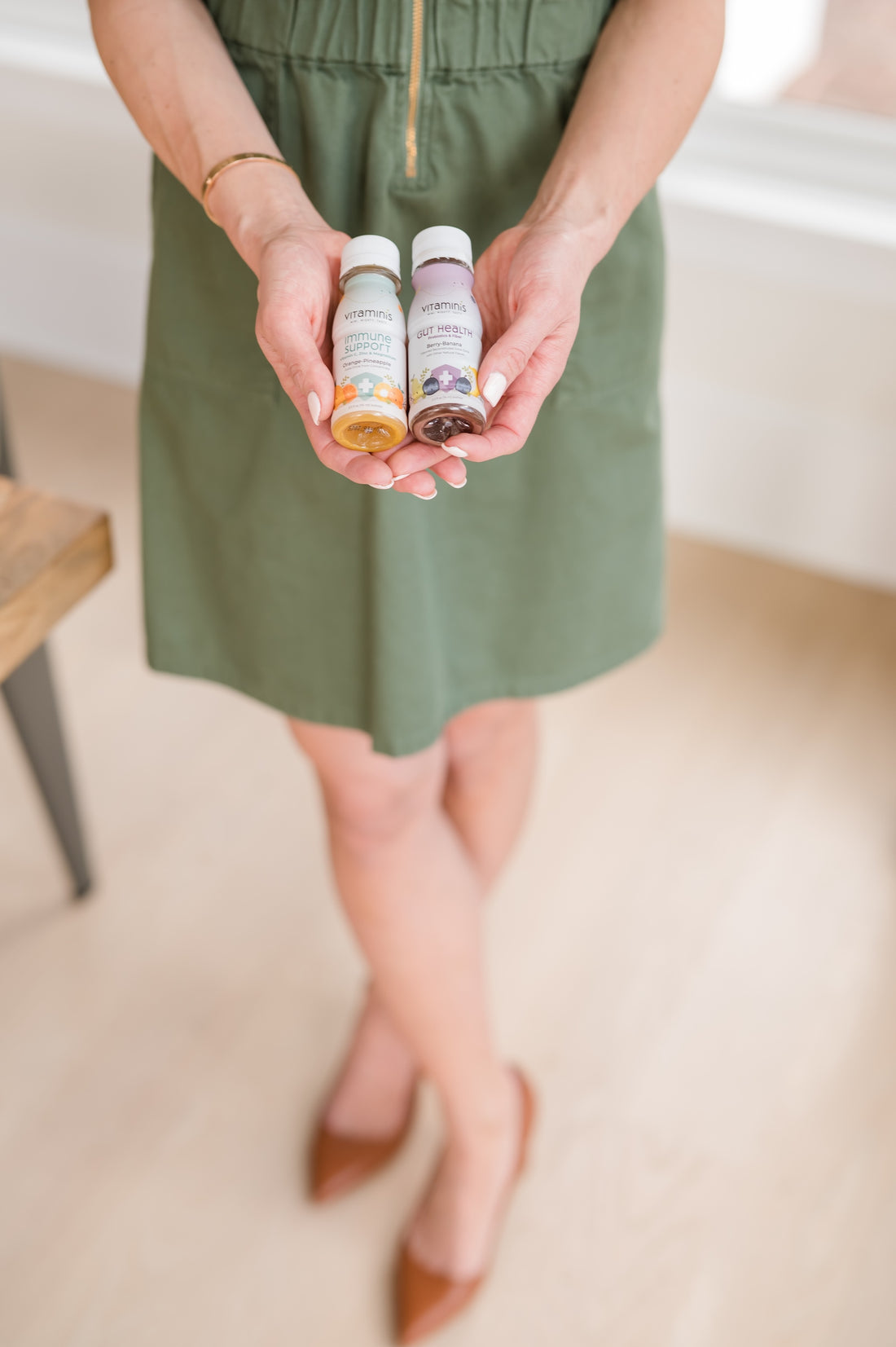
Clean Label Shelf-Stable Products vs. Preservatives: Making Healthier Choices
Here at Vitaminis, we know that today's health-conscious market, consumers are increasingly seeking out clean label products. These products promise simplicity and transparency, often devoid of artificial additives and preservatives. As we say, "No added sugar, No mystery ingredients!" As shelf-stable products are a pantry staple, understanding the differences between clean label shelf-stable products and those containing preservatives is essential for making informed, healthier choices.
What Are Clean Label Products?
Clean label products are characterized by simple, natural ingredients that consumers can easily recognize and pronounce. The clean label movement advocates for transparency, minimal processing, and the exclusion of artificial additives, colors, flavors, and preservatives. Essentially, these products aim to offer consumers food that is as close to its natural state as possible while still being convenient and safe to eat. At Vitaminis, we like to say you should not see any "mystery ingredients," or ingredients that you don't really understand, on product labels. There should be nothing to hide!
The Role of Preservatives
Preservatives are substances added to food products to prevent spoilage, extend shelf life, and maintain safety and quality. They inhibit the growth of bacteria, molds, and yeasts, and help preserve the food's color, flavor, and texture. Common preservatives include benzoates, nitrates, sulfites, and sorbates, as well as synthetic antioxidants like BHA and BHT.
While preservatives play a crucial role in modern food production and safety, they have come under scrutiny due to potential health concerns. Some studies suggest that certain preservatives may be linked to adverse health effects, such as allergies, hyperactivity in children, and an increased risk of chronic diseases when consumed in large quantities over time. At Vitaminis, we would NEVER put preservatives in our products, given the concerns. We designed Vitaminis to be clean so that you feel comfortable working them into your daily routine.
Clean Label Shelf-Stable Products: Benefits and Challenges
-
Natural Preservation Methods: Clean label shelf-stable products often use natural preservation methods such as drying, freezing, fermenting, and canning. Ingredients like vinegar, salt, sugar, and natural antioxidants (e.g., vitamin C and E) are used to extend shelf life without artificial additives. Vitaminis are made shelf stable by heating up the product to kill harmful bacteria, so that our juices are good at room temperature for an extended period of time.
-
Consumer Trust and Transparency: Products with a clean label tend to build greater consumer trust due to their transparent ingredient lists. Shoppers are more confident in knowing exactly what they are consuming, which is especially important for those with food sensitivities or allergies. We wholeheartedly believe in this at Vitaminis!
-
Nutritional Quality: Clean label products often prioritize whole, minimally processed ingredients, which can result in better nutritional quality. For example, clean label soups might use fresh vegetables and whole grains, while traditional shelf-stable soups may rely on fillers, artificial flavors, and preservatives. Vitaminis are rich in several essential vitamins and minerals, as well as fiber and probiotics, making them highly nutritious.
Making Healthier Choices
-
Read Labels Carefully: When shopping for shelf-stable products, carefully read the ingredient lists. Clean label products should have short, recognizable ingredient lists without artificial additives or preservatives (no mystery ingredients!)
-
Choose Natural Alternatives: Opt for products that use natural preservation methods and ingredients. Look for terms like "naturally preserved," "no artificial preservatives," or specific natural preservatives like vinegar, lemon juice, or sea salt.
-
Prioritize Whole Foods: Whenever possible, prioritize whole foods over processed ones. Fresh fruits, vegetables, whole grains, and lean proteins are generally free from preservatives and additives.
-
Consider Homemade Options: Making your own shelf-stable foods at home can be a great way to control the ingredients and avoid preservatives. Canning, pickling, and fermenting are traditional methods that can extend the shelf life of food naturally.
Conclusion
The debate between clean label shelf-stable products and those containing preservatives highlights a significant shift in consumer preferences towards transparency, simplicity, and natural ingredients. While preservatives have played a critical role in ensuring food safety and longevity, their potential health risks have driven the demand for cleaner alternatives. By understanding the benefits and challenges of both options, consumers can make more informed choices that align with their health and dietary goals. As the clean label movement continues to grow, the food industry is likely to innovate and offer more natural, health-conscious options for shelf-stable products.
We at Vitaminis believe that everyone deserves easy, tasty and fun options to meet their nutritional needs without the tradeoffs of added sugar or mystery ingredients!
